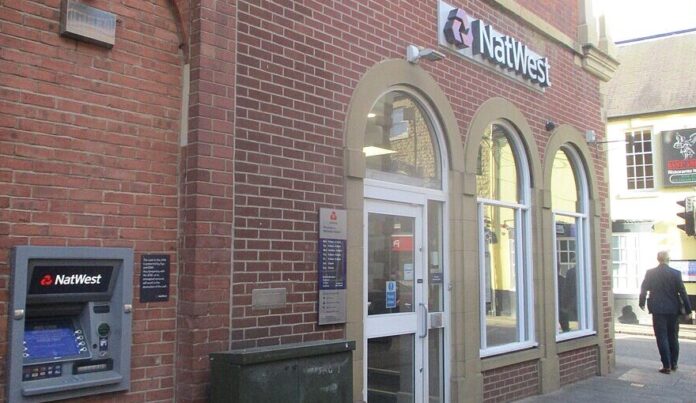UK government sells last NatWest shares, marking end of £45bn bailout and state ownership.
The UK government has officially sold its final shares in NatWest Group, concluding 17 years of state ownership that began with a £45 billion taxpayer bailout during the 2008 financial crisis. This landmark privatization draws a definitive line under the bank’s most turbulent chapter, then known as the Royal Bank of Scotland (RBS).
However, the sale closes with a substantial loss to taxpayers. While the government invested £45bn to rescue the bank from collapse, it has only recovered about £35bn, a £10bn shortfall. The shares lingered below the average 502p per share paid in the bailout, meaning the Treasury was unable to recoup its full costs. This contrasts with the Lloyds Banking Group, privatised in 2017 after a £20.3bn bailout, which returned a £900m profit to the taxpayer.
Despite the financial loss, the Treasury emphasised the alternative would have been far worse. Allowing RBS to collapse could have triggered far greater economic damage, shattered confidence in the UK’s financial system, and jeopardised millions of savers and jobs.
Chancellor Rachel Reeves reflected on the rescue’s necessity: “Nearly two decades ago, the then-government stepped in to protect millions of savers and businesses from the consequences of the collapse of RBS. That was the right decision then to secure the economy. NatWest’s return to private ownership turns the page on a significant chapter in this country’s history.”
The government has now exited all banks it bailed out during the 2008 crisis, signalling a formal end to the extraordinary state interventions triggered by the financial meltdown.
RBS became emblematic of the banking sector’s excesses before the crash. Under former CEO Fred “The Shred” Goodwin, the bank aggressively expanded, culminating in the £49bn acquisition of Dutch bank ABN Amro in 2007 — then the largest deal in financial services history. At its peak, RBS was the world’s biggest bank with assets exceeding £2.2 trillion, more than double the size of the UK economy.
Embed from Getty ImagesYet, lavish spending on private jets and a £350 million Edinburgh campus strained finances amid a credit crunch. The bank’s aggressive growth left it exposed when the financial crisis hit, forcing a government bailout in October 2008 to protect millions of customers’ savings.
Following the bailout, the government held an 84% stake in RBS, prompting years of austerity blamed for deep public sector cuts nationwide. RBS underwent a dramatic overhaul, cutting tens of thousands of jobs, shrinking its investment banking arm, and retreating from nearly 50 countries to focus on UK retail banking.
RBS returned to profitability in 2018 but abandoned the toxic RBS brand in 2020, rebranding as NatWest for its branches in England and Wales.
The government gradually recouped its investment through dividend payments and a steady sell-off of shares via institutional sales and market transactions. NatWest also accelerated the process with multi-billion-pound share buybacks.
Now complete, this marks the full return of NatWest to private ownership nearly two decades after the bailout saved it from collapse.
NatWest CEO Paul Thwaite called the moment “significant for NatWest Group, for all those who work here and for the UK more widely.” He added, “As we turn the page on the financial crisis, we can look to the future with confidence, without forgetting the lessons of the past.”
This milestone closes a dramatic chapter in UK banking history, with the government stepping away after one of the largest and most controversial bailouts in history, even if it came at a high cost to taxpayers.
